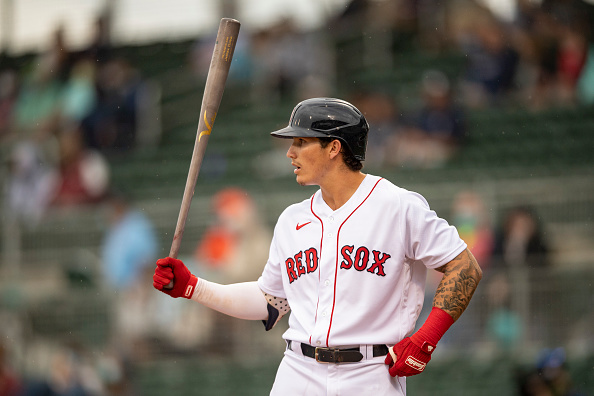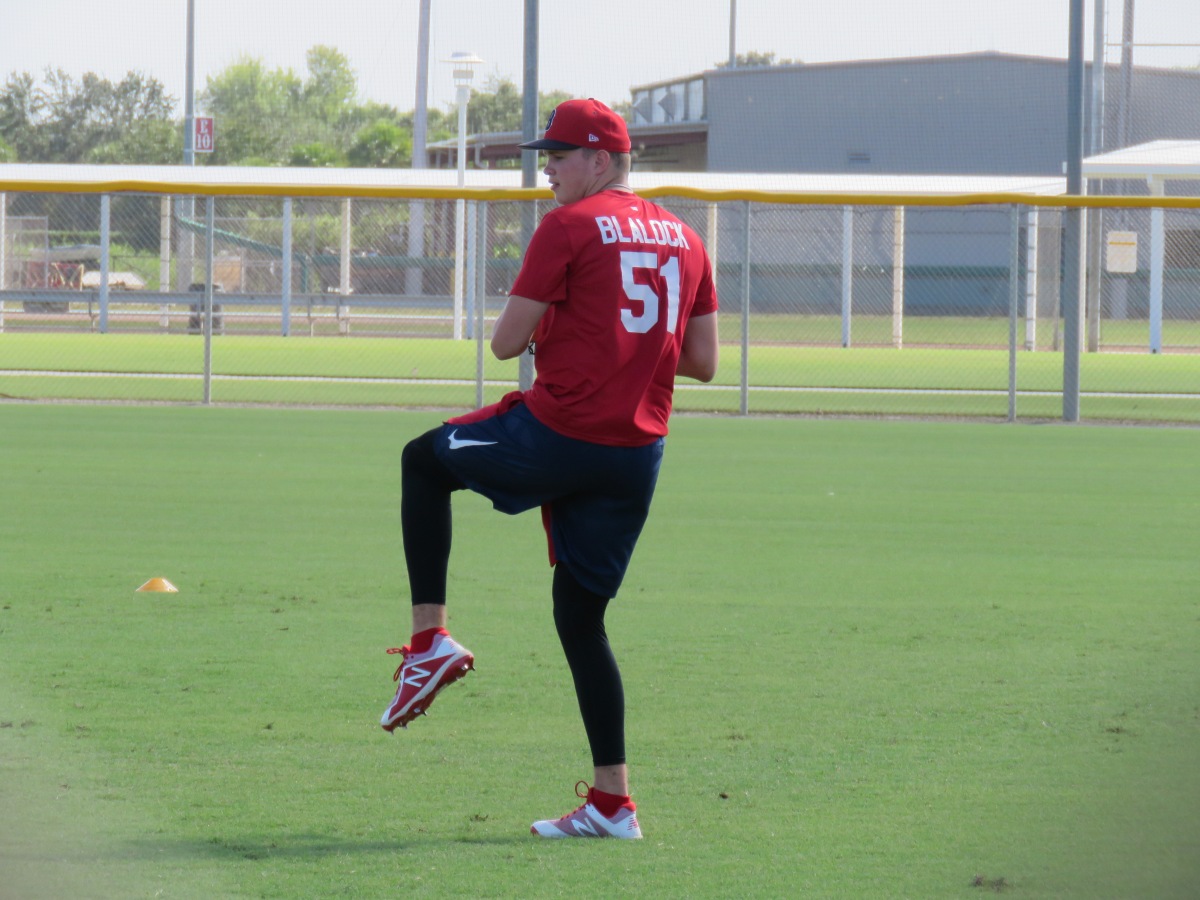In his latest mock draft for MLB Pipeline, MLB.com’s Jim Callis has the Red Sox selecting University of Louisville catcher Henry Davis with the fourth overall pick in the 2021 first-year player draft, which begins in just over six weeks.
Prior to projecting prep shortstop Marcelo Mayer to go to the Pirates at No. 1, Vanderbilt right-hander Jack Leiter to fall to the Rangers at No. 2, and high school shortstop Jordan Lawlar to go to the Tigers at No. 3, Callis did note that “who will go where in the first round remains quite fluid” as “there aren’t 29 consensus first-round talents for 29 first-round picks.”
The Red Sox will be making a top-five pick in this summer’s draft for just the third time in franchise history and for the first time since 1967, when they selected right-hander Mike Garman third overall.
When it came time for the Sox to make their first selection in this latest mock draft, Callis had them take the first catcher off the board in Davis as opposed to someone like Vanderbilt’s Kumar Rocker or Winder-Barrow High School’s Brady House.
“The Red Sox feel like the absolute floor for Leiter, who probably won’t get to them,” Callis wrote on Wednesday. “Davis is the best college position player available, the high school shortstops also would be attractive and there are rumblings Boston could cut a deal with a lesser college bat to save money to spend big later.”
Davis, 21, is currently regarded by Baseball America as the fifth-ranked prospect in this year’s draft class, which is tops among both catchers and college position players.
While Louisville was eliminated from the ACC tournament on Thursday, Davis’ 2021 season with the Cardinals has been nothing to scoff at.
Coming into play on Thursday, the third-year sophomore was slashing an absurd .367/.484/.655 to go along with 14 home runs, 46 RBI, 10 stolen bases, 31 walks, and 23 strikeouts over 46 games played and 221 plate appearances. He also threw out 13 of the 28 baserunners who have attempted to steal against him.
Davis, who spent the summer of 2019 playing for the Bourne Braves of the Cape Cod Baseball League, is listed at 6-foot-2 and 210 pounds. The right-handed hitter’s Baseball America scouting report goes as follows:
“Davis was one of the hardest-throwing catchers in the 2018 draft class as a high schooler, with a 70-grade cannon for an arm, but questions about his offensive game allowed him to make it to campus at Louisville. He acquitted himself well as a freshman, hitting .280/.345/.386 with 13 walks and 18 strikeouts and was off to an even better start in 2020. Through 14 games Davis hit as many home runs (three) as he did through 45 games during his freshman season. If scouts continue to feel comfortable with Davis’ bat during the 2021 season he could find himself going on the first day of the draft, as he controls the zone well, brings some pop to the pull-side and has gotten more fluid in his actions at the plate.
“Defensively, Davis’ arm jumps off the page, and he’s an athletic and efficient thrower, though he struggled with his blocking initially. Davis had seven passed balls in 2019 and six in 2020, though coaches praise his work ethic and believe he’s improved in that area of his game. MLB teams love athletic collegiate catchers with a track record of hitting and as a .303/.381/.463 career hitter with one explosive tool in his arm strength, he’ll get plenty of attention [this] spring.”
A native of Bedford, N.Y. and a product of Fox Lane High School, Davis spent part of this past offseason catching bullpens for Red Sox relievers Matt Barnes and Adam Ottavino. Barnes, who hails from Connecticut, recently told The Boston Globe’s Alex Speier that the young backstop “has an absolute cannon.”
The Red Sox taking Davis with their top pick come July 11 would be somewhat of a rare occurrence considering the fact that the club has selected just four catchers — with Blake Swihart being the latest — in the first round of the amateur draft since its inception in 1965.
Whoever Boston selects at No. 4 this summer, one thing is for certain: the fourth overall choice comes with a recommended value of $6.664 million. Put another way, the Sox could spend up to that dollar figure to sign whoever they take there.
That being said, there remains a possibility that the Red Sox could — as Callis put it — “cut a deal with a lesser college bat to save money to spend big later.”
The very same thing happened last June when Boston selected prep infielder Nick Yorke in the first round and later signed him to a below-slot deal. This allowed the club to invest more in third-round pick Blaze Jordan, another high schooler, and sign him to an above-slot deal.
(Picture of Henry Davis: Louisville Athletics)










